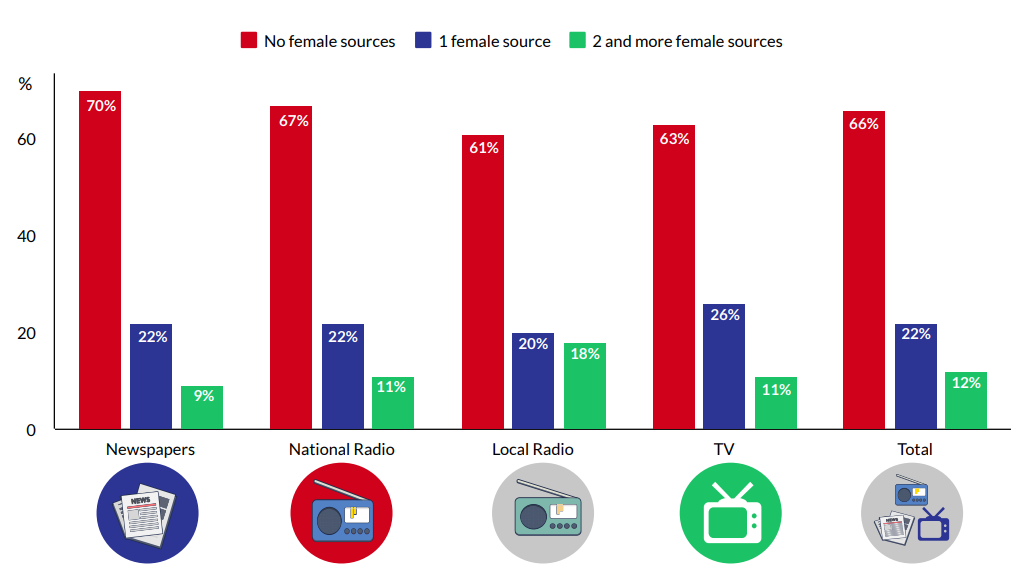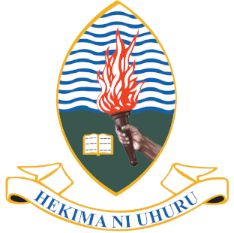Female sources were often not part of media reporting in 2019. On average, 66% of the units analysed, did not feature any female sources. A total of 22% of units had one female source, and 12% two or more. Newspapers performed dismally in this category. Local radio was the best, with 18% of units having 2 or more female sources. In 2018, the overall performance was similar, and only a small reduction was observed in 2019, with minus 1 or 2% points.
Female sources

